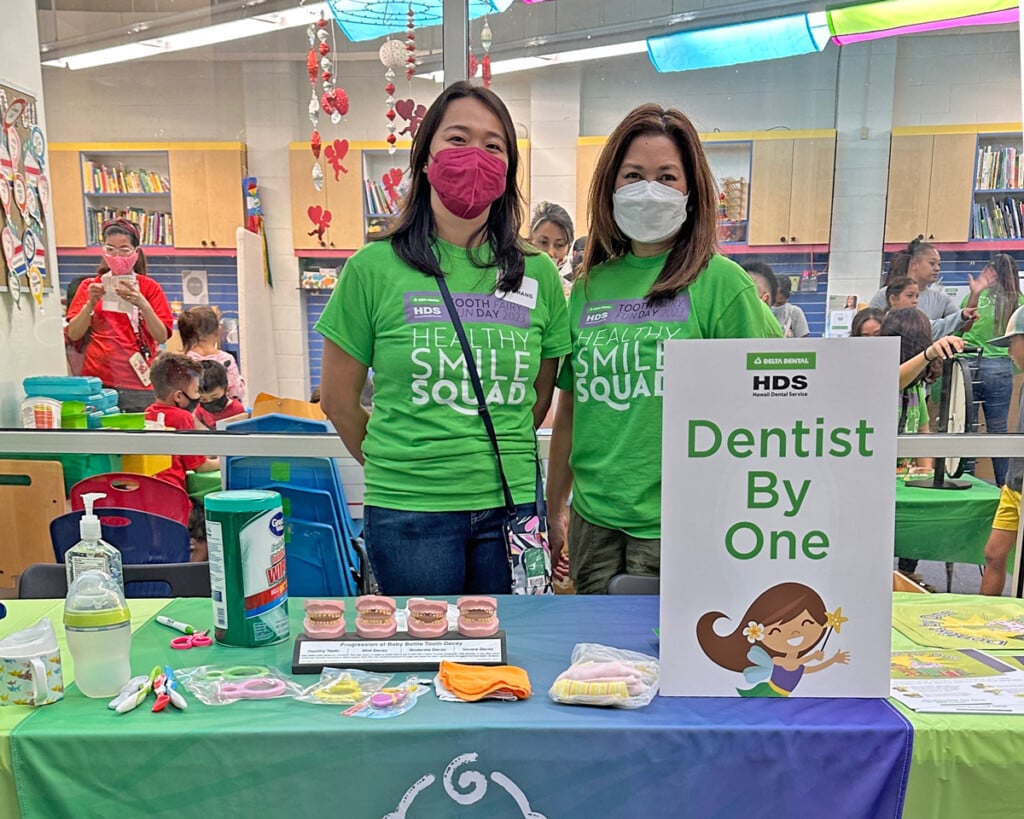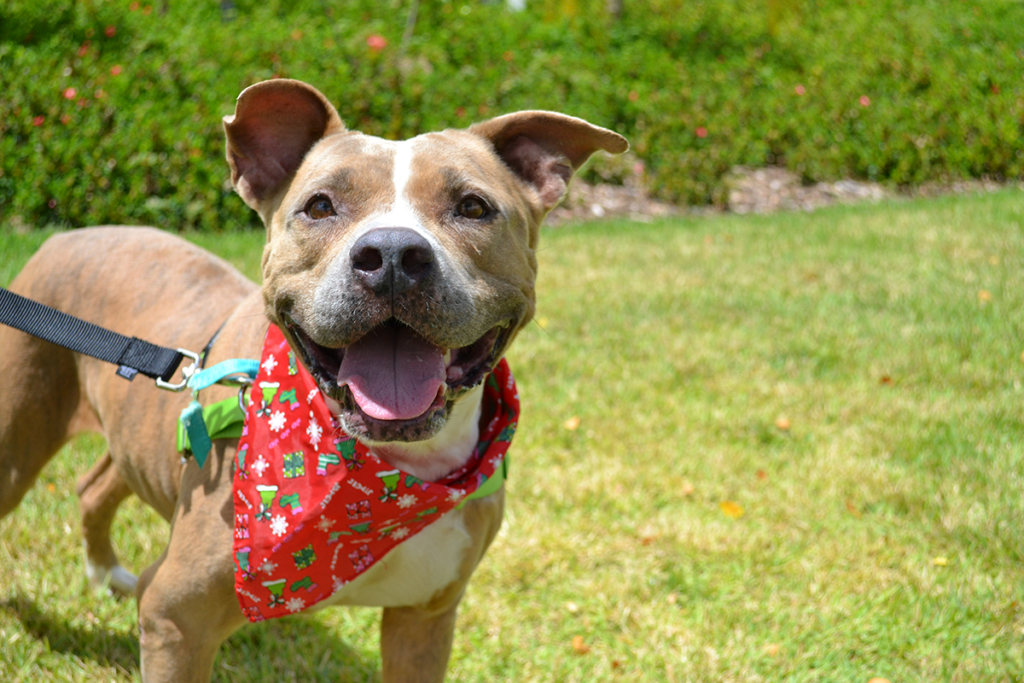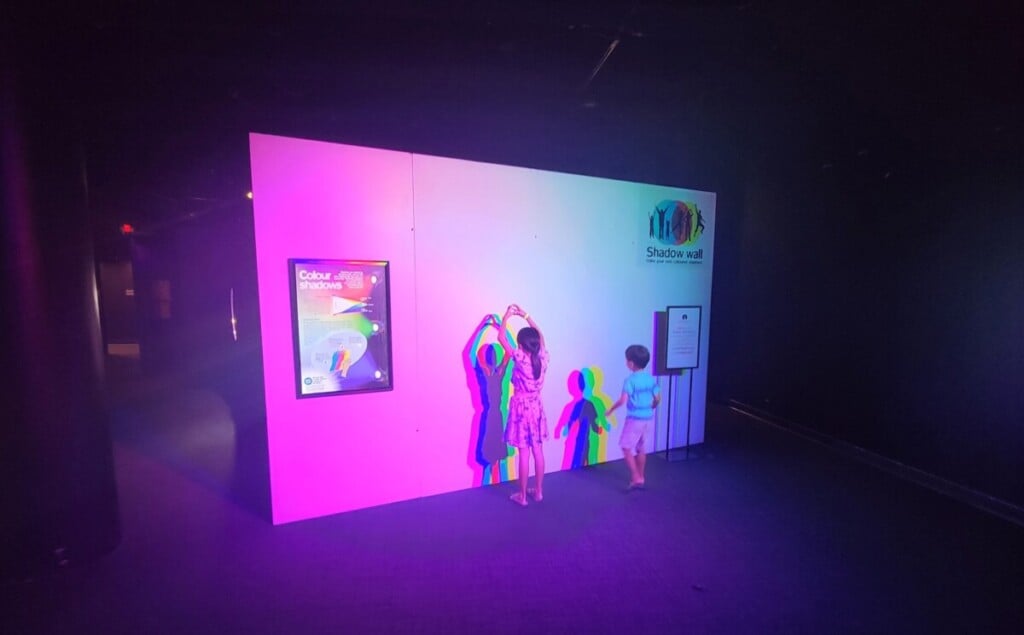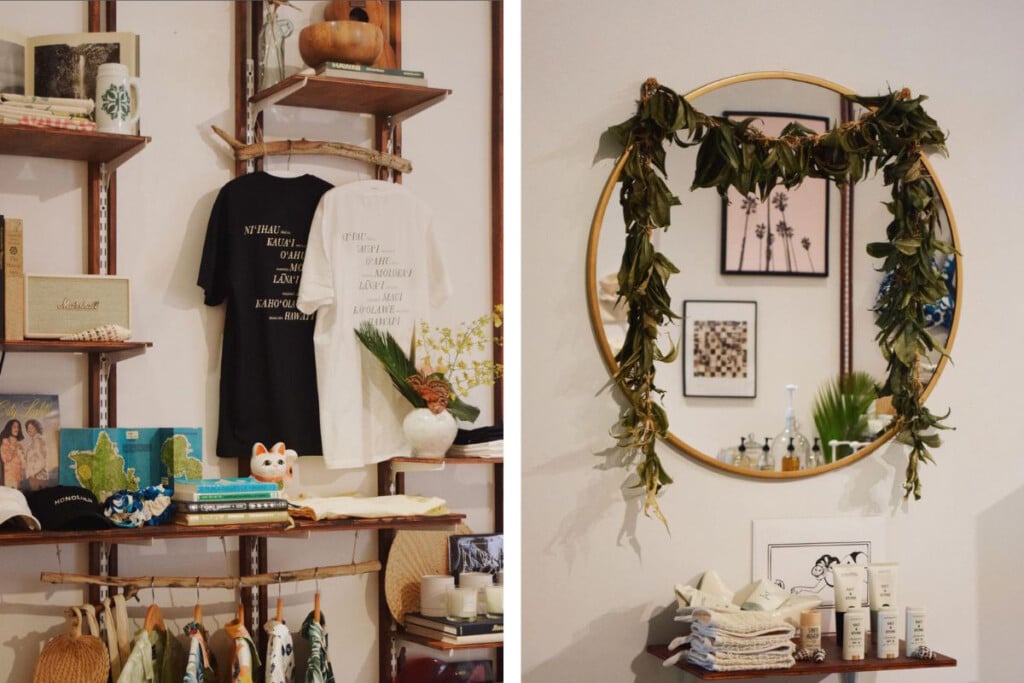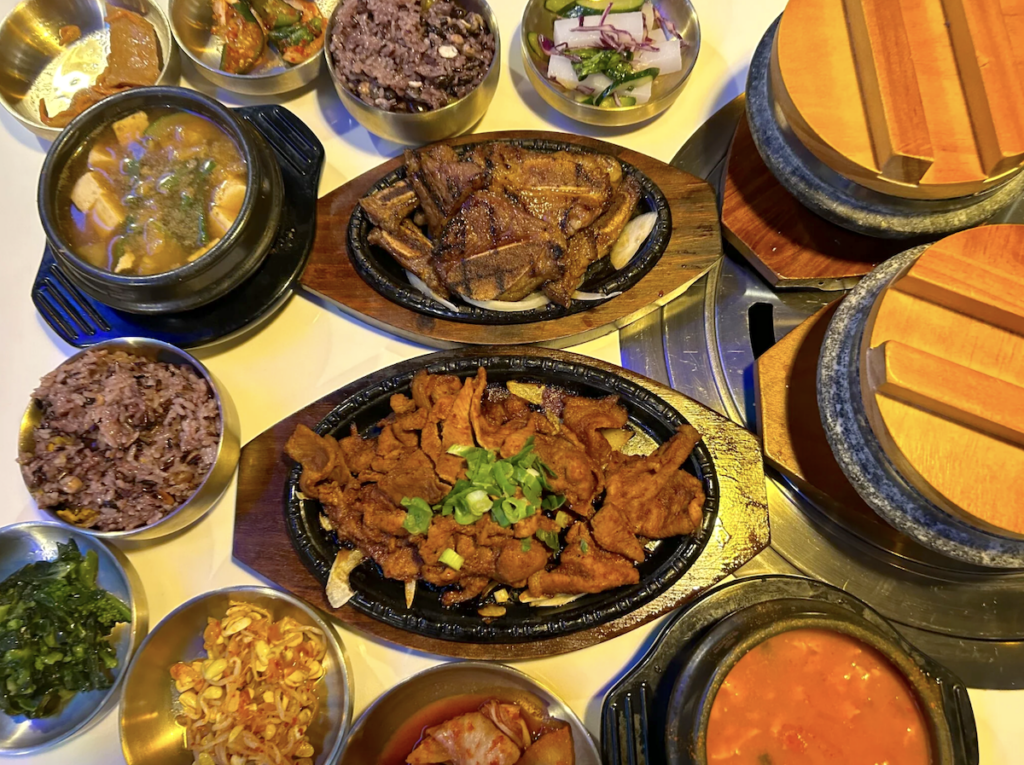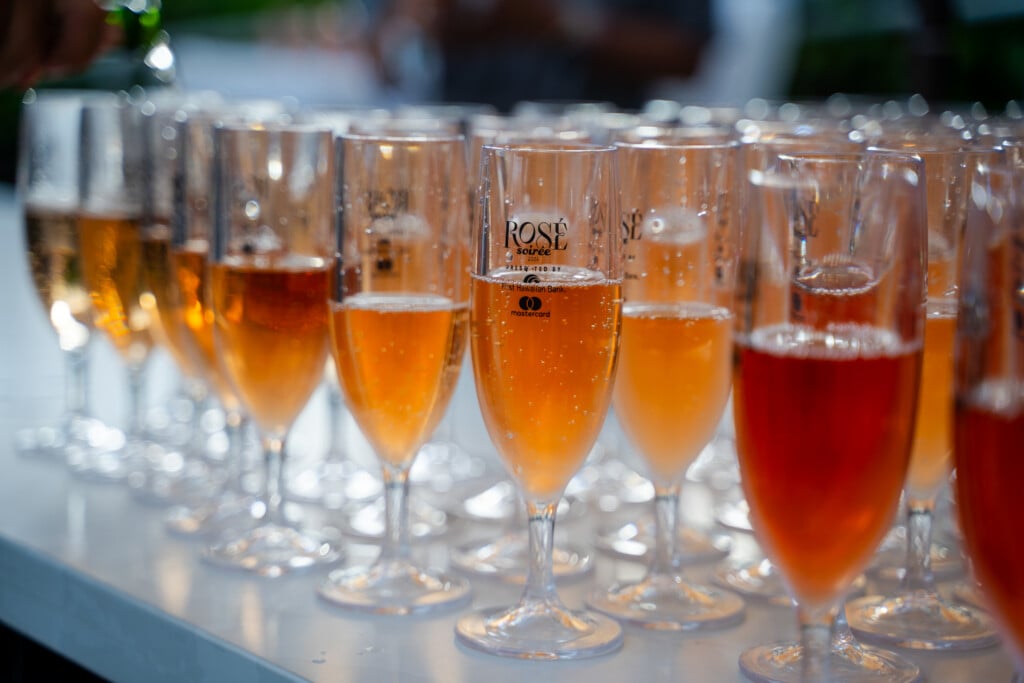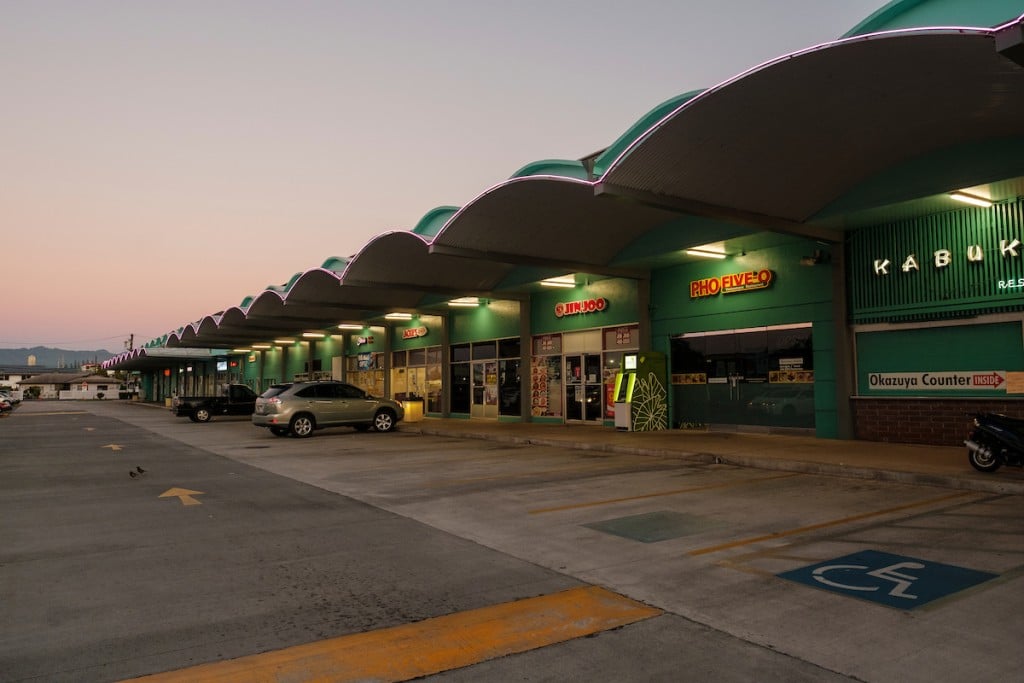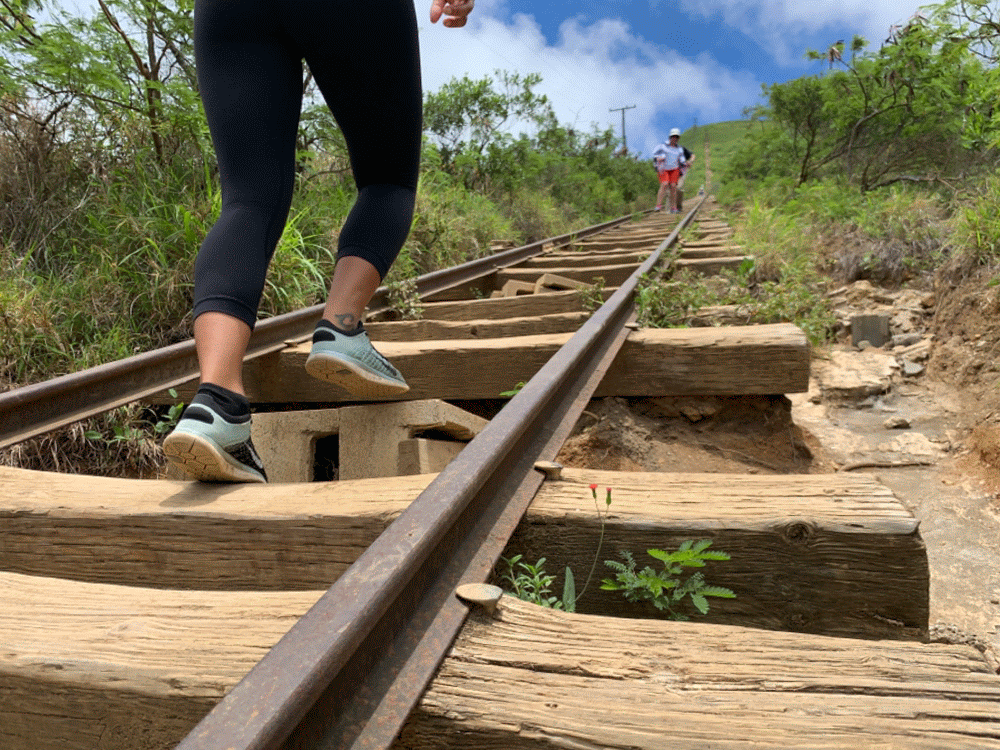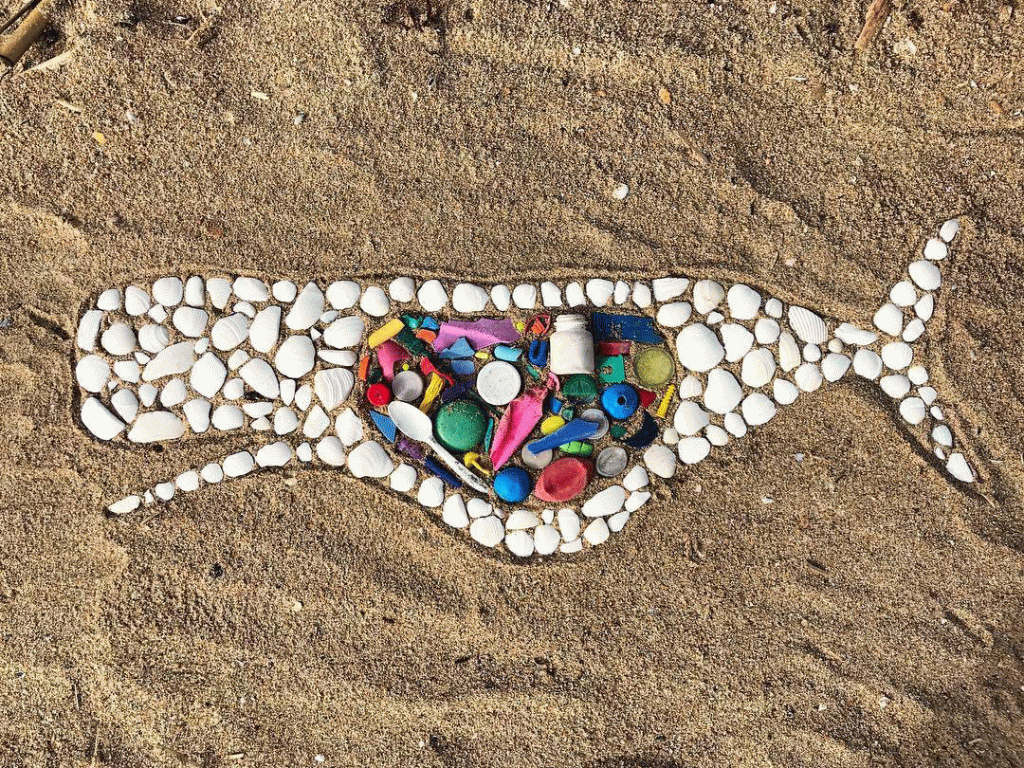We Tried It: Indoor Rock Climbing at HiClimb in Kaka‘ako
This O‘ahu gym offers more than just a rock-climbing wall.
What: Indoor rock climbing
Who: A mom and her rambunctious 5-year-old son
Where: HiClimb, 825 Ilaniwai St., Honolulu
When: 8 a.m. Friday (the gym opens from 8 a.m. to 11 p.m. daily)
My 5-year-old son Landon doesn’t stop moving. Ever. Unless he’s sleeping—and even then, he kicks, punches and rolls around.
So when friends of ours signed up for membership at HiClimb, an indoor rock-climbing gym that opened last summer in an old warehouse space in Kakaʻako, I thought this would be a great way to wear him out for once.
HiClimb offers 14,000 square feet of climbing and fitness—there’s a yoga studio upstairs and a small gym with machines and weights—including lead climbing, the most dangerous indoor climbing activity. (It requires you to be certified to do it. We weren’t doing that!) The centerpiece of this spacious, semi-open-air gym is a 35-foot climbing tower, where you have to lock into a harness and use ropes to ascend to the top. There are also bouldering walls along the perimeter of the gym—giant rock-climbing walls that can be as high as 16 feet. No harnesses here.

Climb—with a harness!—to the top of this 35-foot tower at HiClimb. Photo: Catherine Toth Fox
It was a Friday morning and we got there at 8 a.m., just as the gym opened. I had booked our visit in advance and signed waivers online, which made the check-in process quicker. A very helpful worker showed up the ropes—literally!—and got us situated.
She gave us a quick tour of the facility, then got us in our harnesses, which are free to use on your first visit. (It costs $8 for kamaʻāina [$10 otherwise] to rent the equipment thereafter.) The tower is the focal point, smack in the middle of the gym and surrounded by climbing walls. It’s a daunting three stories tall, with colorful climbing holds scattered seemingly haphazardly on it. Our guide explained the rating system on the tower. The lower the number—5.4 versus 5.6—the easier the climb. You have to follow the same color, though. So if you start on yellow, you continue to use only yellow holds all the way up. (This is also true for the bouldering wall, though the colors denote difficulty.)
I wouldn’t classify my son as a climber. He’s not the kind of kid who sees a chainlink fence and wants to immediately climb it. In fact, he’s not even into the monkey bars at the playground. He’s more into hiking, swimming and building Lego. So I wasn’t sure how he would take to climbing.
SEE ALSO: 🎟️ We Tried It: Kids City Adventure Honolulu
At first, Landon was excited to get into the harness and felt confident he could get up the wall.
“You’re gonna make it all the way to the very top?” I asked.
“Oh, yeah, just like Spider-Man,” he replied. (He was wearing his Spider-Man shirt that day.)
But when you’re standing at the base of the tower, it looks a whole lot taller than 35 feet.
I went first. I was locked into an automatic belay device, which automatically catches you when you’re ready to come down—or you fall, which happens—and slowly lowers you to the ground. It took a lot of getting used to at first; you have to let yourself fall (voluntarily!) in order to get down. I got halfway up the tower and couldn’t shake how high off the ground I was—and I couldn’t get comfortable with the auto belay.
Landon was next.

The writer climbing the 35-foot tower. Photo: Landon Fox
Despite his confidence—and plans to shoot webs from his palms—he barely made it up a few holds before he called it quits. It was too high, he said, and too scary. I didn’t argue the point.
It’s also a very different experience when you’re not quite 4 feet tall. I went another time with a girlfriend who’s barely 5 feet and she said some routes were challenging because she just couldn’t easily reach the next hold. So height—and arm length—can be factors.

The bouldering walls range in height from 14 to 16 feet tall. Photo: Catherine Toth Fox
We ditched the tower and headed to the bouldering walls, which stand on very thick pads. We learned how to fall—tuck and roll from your butt to your back—and found the yellow climb holds, which are the easiest routes on these walls. I wouldn’t say these are easy—I suddenly wished I were locked into an auto belay device here—but these climbs were way less intimidating than the tower. Landon struggled at first, but after trying different yellow routes, he gained enough confidence to climb higher every time.
These walls can get up to 16 feet high, and some paths look impossible. But there are enough sections for beginners—even ones as young as 5—to accomplish.
We went up and down the walls several times, taking water breaks in between, for almost an hour. Other climbers came by to cheer us on and showed us where to put our feet or which holds to grab. It was interesting to be working toward a goal—reaching the top—alongside other people without really interacting with them. We weren’t running the same race or jockeying for the same wave. It was just us, a wall and a bunch of other people supporting our climb—not competing with us.
“All sports help people improve their lives, but there is something very special and unique about indoor climbing,” says Anthony Bagnoli, general manager and longtime climber. “Overcoming these human obstacles—fear of heights, falling or failure or any self-imposed limitations—next to other people overcoming the same human obstacles creates the most amazing camaraderie. Unlike surfing, running or other individual sports, climbing fosters connections over competition. Climbers learn from watching each other.”

Landon preferred the bouldering walls over the tower. Apparently, most kids do. Photo: Catherine Toth Fox
The youngest climbers allowed are 5, says Bagnoli. “That is usually the point they have the mental dexterity and the physical capability for climbing.” And on weekends you’ll see parents with newborns in strollers or pregnant women—with clearance from their doctors—strapped into special harnesses and hitting the tower.
But, he adds, climbing is still dangerous—for anyone.
“You should not, at any point, forget that,” Bagnoli says. “We help you manage your risk. We explain how to properly use all the equipment, how to take a fall … but this isn’t safe. This is the place you take calculated risks. That is part of the fun.”
In addition to a great workout, climbing pushes people to be bolder and confident, and, for kids, it can help hone problem-solving skills.
“You don’t even realize you are exercising [because] it’s so much fun,” Bagnoli says. “It puts the play back in our very prescribed lives. Youths and adults are ready for a nap at the end of their climbing. They forget how hard they’re pushing themselves.’
Did someone say nap?
Our 5 Tips
- Get there early. The gym isn’t crowded in the early morning, especially on weekdays. Weekends are busier. Street parking is limited; you can park in the adjacent lot (843 Ilaniwai St.) for $1.50 per half hour.
- Wear socks. We both got blisters from the climbing shoes we rented. While it’s not required, wearing socks (the second time) really helped.
- Be prepared. Sign the waiver online ahead of time, to avoid your wait time. And bring your vaccination card or negative Covid-19 test from the last 48 hours for anyone 12 years or older.
- Bring a lot of water. Climbing is a serious workout, so you’ll want to stay hydrated. There’s a bottle water-filling station at the gym.
- Grab coffee or snacks at Café Villamor next door. This charming coffee shop serves great coffee and teas, açaí bowls and other snacks perfect for pre- or post-climbs. (I loved the avocado bagel with cherry tomatoes and pickled onions.)
Cost is $25 for first-time kamaʻāina and includes equipment rental, $30 kamaʻāina for a day pass (does not include equipment rental), with various punch card and monthly membership options. Open 8 a.m. to 11 p.m. daily, HiClimb, 825 Ilaniwai St., Honolulu. (808) 888-2999, hawaiiclimb.com, @hiclimbhawaii
